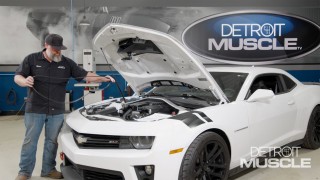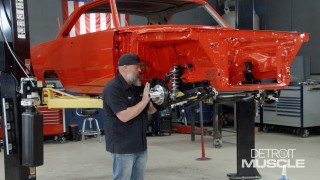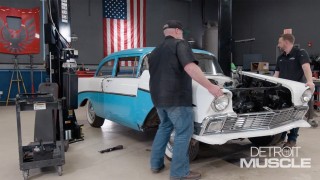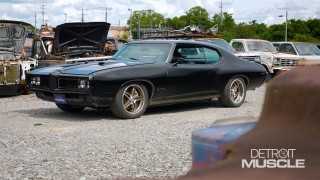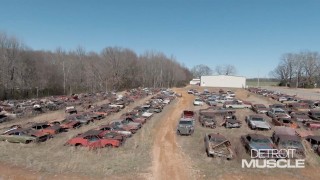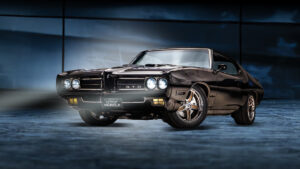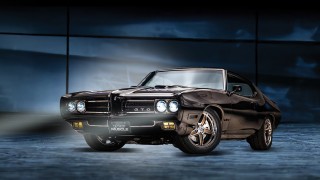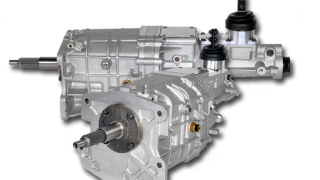
Stumbling Out the Gate
Tommy and Peyton get cracking on a true piece of 90s muscle, their 1990 Mustang. This Fast Lane Fox Body Stang takes its first ride, before a total makeover that’ll turn it from Half-Bred Pony to Thoroughbred Stallion.
Season 11
Episode 4
Hosts: Tommy Boshers, Peyton Pittman
First Air Date: May 13, 2024
Duration: 21 minutes 27 seconds

